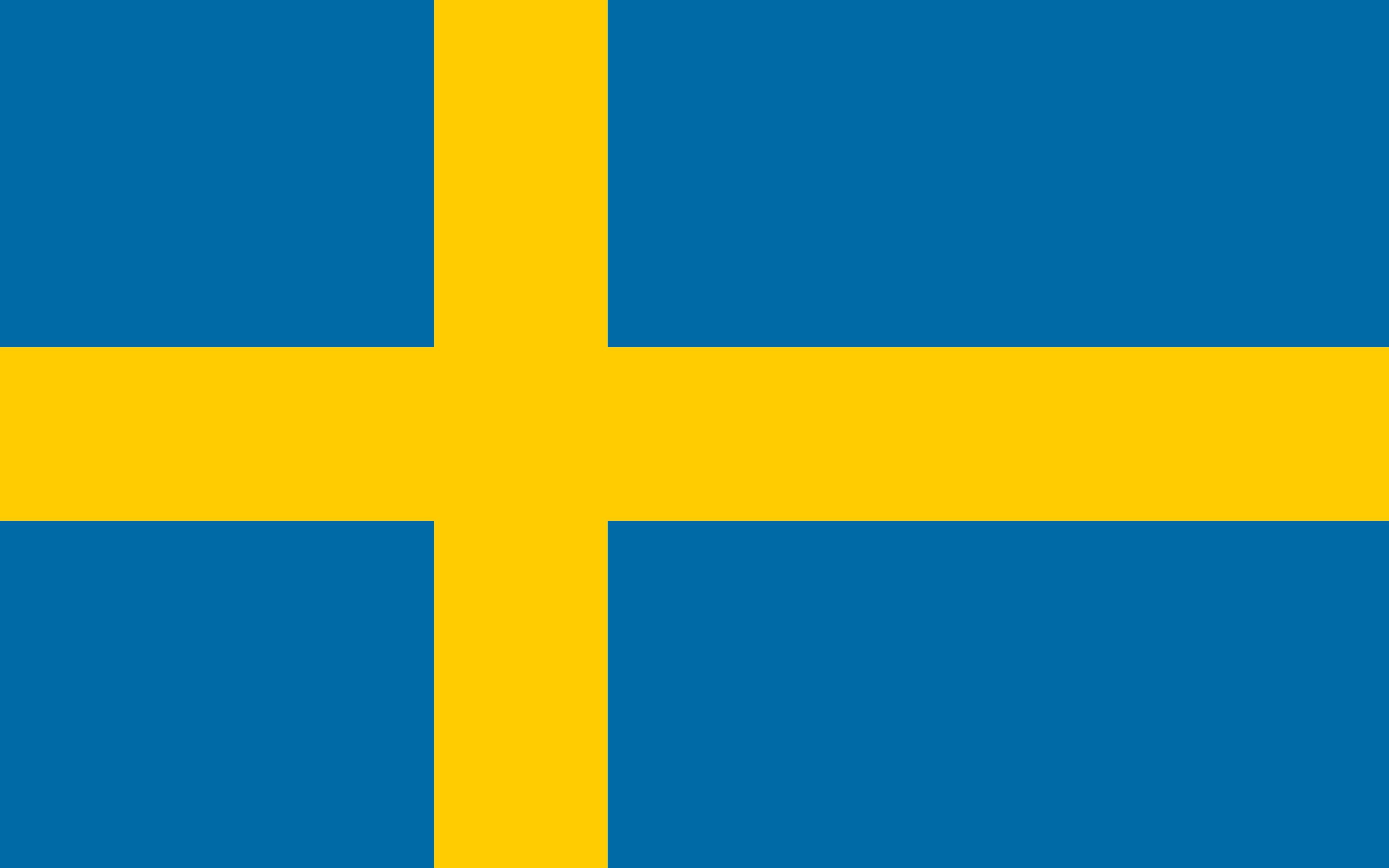Wine Guide
Tenuta di Trinoro
With film-star good looks, a family pedigree as long as your arm and a little black book that is
bulging at the seams, you would be forgiven for thinking that Tenuta di Trinoro producer Andrea Franchetti is not your archetypal viticulturalist. And yet, his flagship wine Tenuta di Trinoro had gained legions of fans. A Bordeaux blend that “even the Bordelais admit it's better here than in Bordeaux” Tenuta di Trinoro is as close to xxxx as you can get without actually being in France.
A “godforsaken” estate
A former restaurateur, wine distributor and “complete dopehead”, Franchetti is a viticultural
petit prince. Planting the estate in 1992, he describes it as “a godforsaken place on the east
of the first limestone mountain north of Rome with an ex-volcano between it and the sea”. Be
that as it may, the estate's location set in a natural amphitheatre protects the vines from
severe weather and allows Franchetti to keep his fruit on the vine much longer than his other
super-Tuscan competitors. It is this long ripening that gives the Tenuta di Trinoro so many
complex layers of flavours, that are so beloved by the modern wine collecting crowd.
Palazzi, Tenuta and Cupole
Many old-school wine critics lament the end of his Palazzi, a lovely blend of Merlot with
Cabernet Franc. Fantastically popular in the US (the 1998 won 93 points out of 100 from
America's wine guru Robert Parker), Franchetti stopped producing this in 1999.”Palazzi was less
complex, so why do it?” he says. Apparently, success is not challenging enough for him. Tenuta
di Trinoro may be the estate's number one but its second wine Le Cupole di Trinoro is not half
bad either. A low nineties scorer (almost consistently), based on our quality vs. price, this
wine represents fantastically good value for money. Increasing in popularity if this is not yet
in your portfolio, you might want to consider it on your table.
However, if your heart still belongs to the Tenuta, note that it is among the highest-priced Toscana IGT wines on the secondary market. Expect to pay something in the region of €200 per bottle, significantly higher than other wines of the region. As of Q2 2019, the price had been stable over the past year.
However, if your heart still belongs to the Tenuta, note that it is among the highest-priced Toscana IGT wines on the secondary market. Expect to pay something in the region of €200 per bottle, significantly higher than other wines of the region. As of Q2 2019, the price had been stable over the past year.
